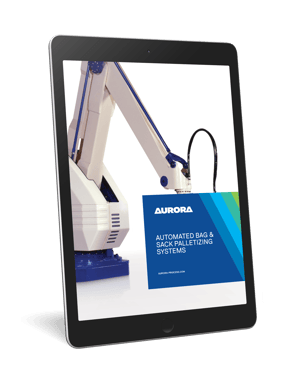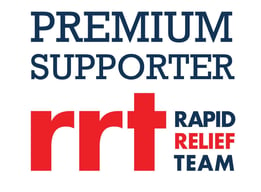Are robots, and new automated technologies in general, safe to work with? What are the risks? And how are robotic systems promising to help prevent worker injuries and deaths?
These questions are currently being explored in light of the Health and Safety at Work Act.
To protect the industrial workforce in New Zealand, the Ministry of Business, Innovation, and Employment (MBIE) are revisiting safety regulations: 'We need to keep up with changes in practice and emerging technology to ensure benefits are realised and any risks managed'.
The MBIE are also ‘looking at how risks involving plant (machines, equipment, vehicles, tools), structures, heights and excavations are managed at work’ so that industrial workers are protected in a range of contexts, and business leaders have more clarity on how to lower risks.
This blog explores some of the impacts of robotics on health and safety procedures.
Safety concerns in new workfloor scenarios
Many modern robots work only with operator input. And advances in safety technology has largely freed robots from the traditional fences and cages that safeguard workers. Even so, risks still exist with collaborative robots. Such machines often work in the context of systems which may not be entirely safe.
Many collaborative robots, for example, consist of a mechanical arm. But when used in conjunction with an ancillary piece from a different manufacturer, the robotic system can potentially cause serious injuries. Some robots are also made to be mobile, while still requiring a high degree of interaction with operators.
For these reasons, business owners, production managers and CEOs must be aware of how different configurations will pose unique safety risks. This includes knowing the kinds of robots in use, and how entire systems will operate in practice. It’s key to conduct risk assessments and create risk mitigation strategies for every possible scenario.
The importance of upskilling and training workfloor staff
Staff must be fully prepared to collaborate with robots safely, on a daily basis.
Training workshops can increase employee competence with robotics and awareness of proper operational procedures. With structured training, owners and production managers can effectively reduce workfloor hazards.
Additionally, staff training is a key component of compliance. Health and Safety regulations demand that all appropriate measures are taken to protect employees; in the high-risk industrial sector, training helps fulfil that obligation.
However, before employees can be properly upskilled, managers should know exactly what technologies their workers are utilising on the floor. Here are the common robot types to know:
- Collaborative robots are designed to complete tasks with human help.
- Industrial robots are remote-controlled and can be programmed repeatedly for different purposes. They can move in at least three directions and can either be mobile or permanently situated in one area.
- Professional service robots perform tasks essential in other professional arenas, such as in healthcare or janitorial services.
- Mobile robots can move around on their own, outside of remote control by a human operator.
Understanding the technologies your business uses will help you determine the risks, and accordingly, choose the right type of training for your staff.
With new robotics technologies come greater complexity in industrial production lines and a greater need for worker training. These new realities are prompting a new look at Health and Safety guidelines.
Even so, robots are opening the doors to seamless, efficient workfloor operations for industrial companies across Australasia and the globe. Get in touch with Aurora today to learn more about industrial robotics and how the technology can transform the way you work.








